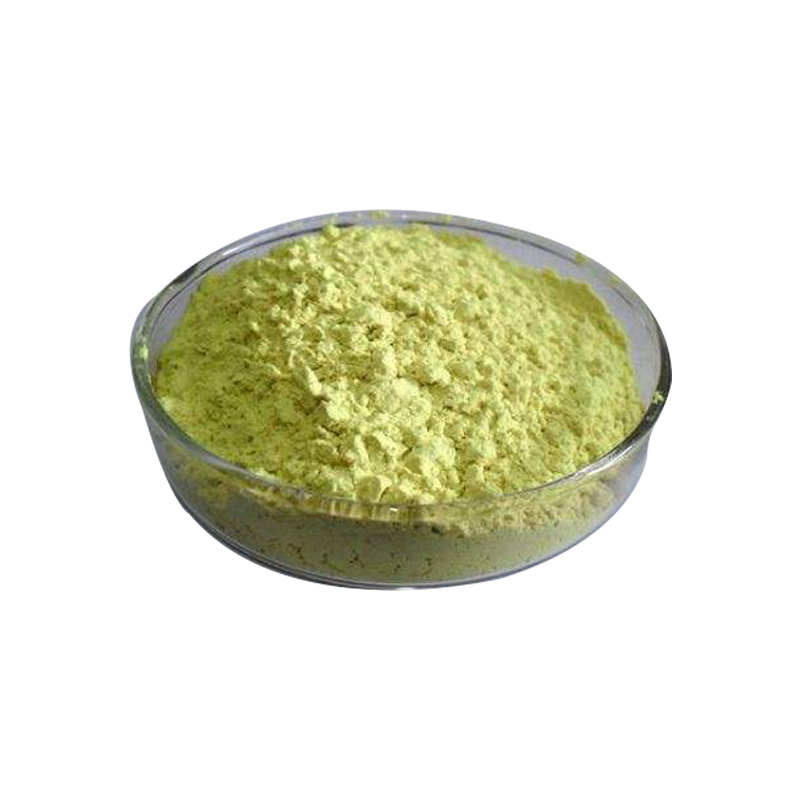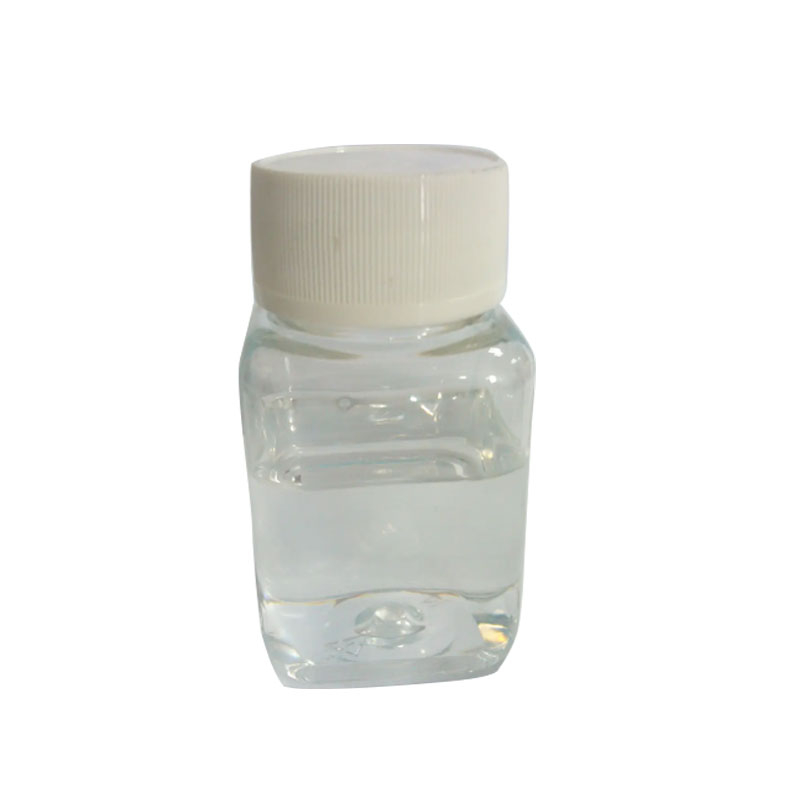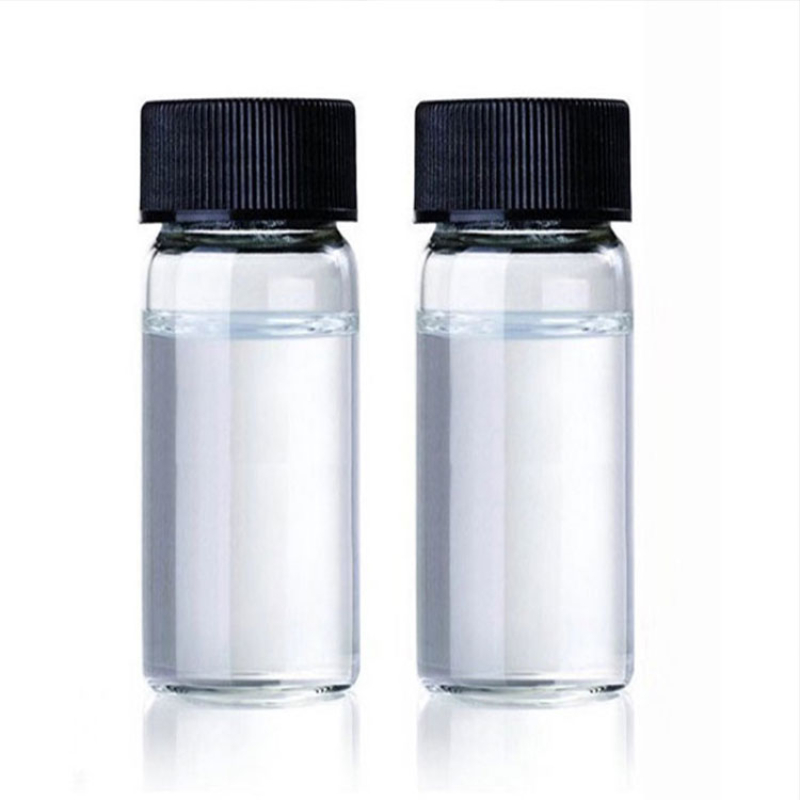Products Description of Bis-phosphonic acid tetrasodium salt CAS#3794-83-0This product is a brown-yellow viscous liquid. Relative density (20°C) 1.40. Pure product melting point 198-199°C, soluble in water and ethanol.
Contact Now
Products Description of Ethylenediaminetetraacetic acid tetrasodium salt trihydrate CAS#67401-50-7Tetrasodium EDTA is a white powder that can be used as a hard water softener, a multivalent chelating agent, a fixing solution for bleaching in color photosensitive materials, and an activator for styrene-butadiene rubber.Ethylenediaminetetraacetic acid tetrasodium salt trihydrate Chemical PropertiesMelting point >300° Cstorage temp. Store at room temperaturesolubility Soluble in water.form powdercolor WhitePH10.0 to 12.0(5 g/L, 25 deg-C)CAS DataBase Reference67401
Contact Now
Products Description of 4-Chloro-2-nitrobenzoic acid CAS#6280-88-2 4-Chloro-2-nitrobenzoic acid, also known as p-chloro-o-nitrobenzoic acid, is an important organic intermediate used in a variety of production fields such as pesticides, medicines, and dyes.
Contact Now
Products Description of 4-(4-Aminobenzyl)piperazine-1-carboxylic acid tert-butyl ester CAS#304897-49-24-(4-Aminobenzyl)piperazine-1-carboxylic acid tert-butyl ester is a carboxylic acid ester derivative and can be used as a pharmaceutical intermediate.4-(4-Aminobenzyl)piperazine-1-carboxylic acid tert-butyl ester Chemical PropertiesBoiling point 413.6±40.0 °C(Predicted)density 1.136±0.06 g/cm3(Predicted)storage temp. under inert gas (nitrogen or Argon) at 2–8 °Cpka7.16±0.10(Predicted)Safety InformationHS Code 2933599590Product Application of 4-(4-Aminobenzyl
Contact Now
Products Description of Isonicotinic acid CAS#55-22-1Isonicotinic acid is also known as pyridine-4-carboxylic acid. White needle-shaped crystals. Odorless, can sublime. Molecular weight 123.11. Melting point 319℃. Slightly soluble in cold water, soluble in hot water, insoluble in alcohol, benzene, ether. It is an amphoteric compound, soluble in both acid and alkali. Soluble in hot water and ethanol, slightly soluble in cold water and ether.
Contact Now
Products Description of 5-Bromo-8-nitroisoquinoline CAS#63927-23-1It is a light yellow solid powder at room temperature and pressure.
Contact Now
Products Description of Magnesium Acetate Tetrahydrate CAS#16674-78-5Colorless crystals, easily deliquescent.
Contact Now
Products Description of Sodium dichloroisocyanurateCAS#2893-78-9White crystalline powder, with a strong chlorine smell, containing 60% to 64.5% effective chlorine. It is stable. When stored in hot and humid areas, the effective chlorine content only drops by about 1%. It is easily soluble in water, with a solubility of 25% (25°C). The solution is weakly acidic, and the pH of its 1% aqueous solution is 5.8 to 6.0. The pH changes little with increasing concentration.
Contact Now
Products Description of IPHO CAS#78-59-1Isophorone, also known as "1,1,3-trimethylcyclohexenone", scientific name 3,5,5-trimethyl-2-cyclohexen-1-one, is a six- It is a cyclic α,β-unsaturated ketone with the chemical formula C9H14O. It is a colorless to yellow volatile liquid with a characteristic odor (camphor/mint aroma). Found naturally in cranberries. Insoluble in water, soluble in most organic solvents such as ethanol, ether, acetone and so on. Converts to dimer upon exposure to light.
Contact Now
2-Methyl-1-propanol CAS#78-83-1Isobutanol, additionally recognised as isopropyl alcohol or 2-methyl propanol, is a colorless and flammable liquid. It is one of the most important components of clean tea leaves, black tea and inexperienced tea to produce the top notch aroma. The molecular weight of isobutanol is 74.12, with a boiling factor of 107.66 ℃, a relative density of 0.8016, a refractive index of 1.3959, and a flash factor of 37 ℃.
Contact Now
Products Description of Pivalic Acid CAS#75-98-9Tert-pentanoic acid is a very important chemical raw material and chemical reagent, as well as an important raw material and intermediate in organic synthesis. It is a white needle-shaped crystal at room temperature, with a melting point of 35.5°C, a boiling point of Chemicalbook 163.8°C, and a density (50°C) of 0.905g. /cm3, easily soluble in alcohol and ether, and difficult to hydrolyze.
Contact Now
Products Description of 2,6-Di-tert-butylphenol CAS#128-39-2White or light yellow crystalline solid with phenol odor. Easily soluble in organic solvents such as alcohols, esters, alkanes, aromatic hydrocarbons, and almost insoluble in water.
Contact Now
Products Description of Methoxypolyethylene glycols CAS#9004-74-4Polyethylene glycol monomethyl ether is a derivative of polyethylene glycol. It is soluble in water, ethanol and most highly polar organic solvents. It is less volatile than glycerol, has stable chemical properties, is not easily hydrolyzed and destroyed, and has strong hydrophilicity. It has low vapor pressure and is stable to heat. It is used as a thickener and lubricant in the textile printing and dyeing industry and the daily chemical industry.
Contact Now
Products Description of Sodium Copper Chlorophyllin CAS#11006-34-1Using natural green plant tissues, such as silkworm excrement, clover, alfalfa, bamboo and other plant leaves as raw materials, extracting with organic solvents such as acetone, methanol, ethanol, petroleum ether, etc., replacing the central magnesium ions of chlorophyll with copper ions, and saponifying it with alkali, removing the methyl and phytol groups, and forming the carboxyl group to become disodium salt. Therefore, sodium copper chlorophyll is a semi-synthetic pigment.
Contact Now
Products Description of Oleic acid CAS#112-80-1Insoluble in water, soluble in benzene, chloroform, miscible with methanol, ethanol, ether and carbon tetrachloride. Because it contains double bonds, it is easily oxidized by air, producing an unpleasant odor and turning yellow. When treated with nitrogen oxides, nitric acid, mercurous nitrate and sulfurous acid, it can be converted into oleic acid. When hydrogenated, it becomes stearic acid. The double bonds can easily react with halogens to form halogenated stearic acid.
Contact Now
Products Description of Tannic acid CAS#1401-55-4This product is a light yellow to light brown powder with a special odor and an extremely astringent taste; soluble in 1 part of water or ethanol, soluble in acetone, and insoluble in chloroform or ether.Tannic acid Chemical PropertiesMelting point 218 °C (lit.)Boiling point 862.78°C (rough estimate)density 1.2965 (rough estimate)refractive index 1.7040 (estimate)FEMA 3042 | TANNIC ACID (QUERCUS SPP.)Fp 198°Cstorage temp. Storage temperature: no restrictions.solubility ethanol: soluble100mg/mL, yellow
Contact Now
Products Description of 2-Ethylhexanol CAS#104-76-7Colorless to light yellow oily liquid with sweet and light floral aroma. Soluble in 720 times water, miscible in most organic solvents.
Contact Now
Products Description of Tetrahydropyran CAS#142-68-7Tetrahydropyran, also known as oxadiazine, is a six-membered oxygen-containing saturated heterocyclic ring. It is a colorless, flammable liquid at room temperature with a special smell. It is miscible in water, ethanol, ether, and other organic solvents. It generates explosive organic peroxides under light. It is prepared by hydrogenation of dihydropyran in the presence of Raney nickel or reaction of 5-dibromopentane and water in the presence of zinc oxide.
Contact Now
Dimethoxymethane CAS#109-87-5Chemical Properties:Dimethoxymethane, also called methylal, is a colorless flammable liquid with a low boiling point, low viscosity and excellent dissolving power. It is stable in the presence of alkalis and mild acids, and to high temperatures and pressures. It differs from other ethers in that it forms only minute omounts of peroxides. It will dissolve such synthetic resins as nitrocellulose, cellulose acetate and propionate, ethyl cellulose, vinyl, "Epons" and polystyrene, and also many of the natural gums and waxes.
Contact Now
Products Description of 1-Hexanol CAS#111-27-3Colorless liquid. Boiling point 157℃, relative density 0.819, miscible with ethanol, propylene glycol, and oil. Has a light green scent of young branches and leaves, with a slight aroma of wine, fruit, and fat. Hexanol or its carboxylic acid esters are present in trace amounts in citrus fruits, berries, etc.
Contact Now
Triethylene glycol CAS# 112-27-6Triethylene glycol is a clear, colorless, viscous, secure liquid with a barely sweetish odor. Soluble in water; immiscible with benzene, toluene, and gasoline. Combustible. Because it has two ether and two hydroxyl companies its chemical residences are closety associated to ethers and foremost alcohols. It is a desirable solvent for gums, resins, nitrocellulose, steam-set printing inks and timber stains.
Contact Now
Products Description of Chromium(III) fluoride CAS#7788-97-8Chromium trifluoride, also known as chromium trifluoride, is an inorganic compound with the chemical formula CrF3. It is mainly used as a mothproofing agent for wool fabrics, a halogenation catalyst, a marble hardener and a colorant.On October 27, 2017, the World Health Organization's International Agency for Research on Cancer published a preliminary list of carcinogens for reference.
Contact Now
Products Description of Formaldehyde CAS#50-00-0Formaldehyde is the simplest aldehyde molecule with active chemical properties and certain toxicity. At room temperature, it is a colorless gas with a pungent odor, which easily undergoes polymerization to form polyformaldehyde. Formaldehyde is easily soluble in water, alcohol and other organic solvents.
Contact Now
Products Description of 3-Dimethylaminopropylamine 99.5% CAS#109-55-7Colorless and transparent liquid, soluble in water and organic solvents. Relative density 0.8100. Boiling point 133℃. Freezing point - 70°C. Below this temperature it solidifies into glass. Flash point (closed cup) 15℃. Refractive index 1. 4350.
Contact Now


































